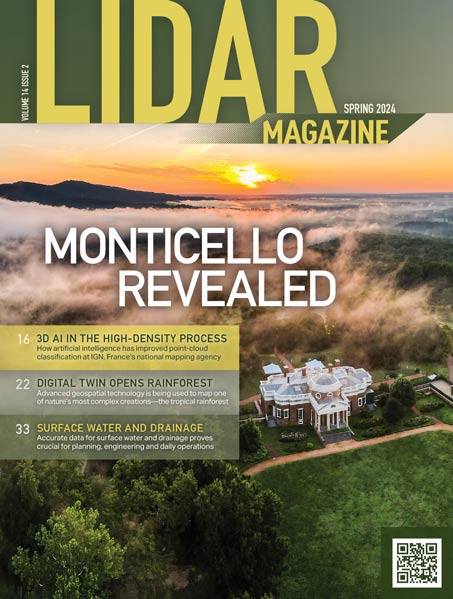San Diego, CA (June 18, 2013) Southern California-based 3D printing
pioneer Cosmo Wenman announced plans to 3D-scan plaster casts of
ancient Greek and Roman sculptures at The Skulpturhalle Basel museum
in Basel, Switzerland. Wenman’s project, "Through a Scanner,
Skulpturhalle," will release the 3D scans and 3D printable models into
the public domain, at no cost and copyright free, on Makerbots
Thingiverse 3D printing website, allowing anyone with a 3D printer to
print their own copies. Wenmans project is a demonstration of the
extraordinary potential for new 3D scanning and 3D printing
technologies to bring sculptural masterworks into peoples homes at
low cost.
The Skulpturhalle Basel museum holds a collection of approximately
2,000 high-quality plaster casts of ancient Greek and Roman
sculptures, including the Venus de Milo, Winged Victory, the Medusa
Rondanini, and Athena Parthenos. Wenman has obtained the
Skulpturhalles permission to take hundreds of photographs of his
choice of works, then process the images into 3D-printable files that
will be uploaded to Makerbots Thingiverse, the premier online
repository for 3D files. From there, artists and 3D printing
enthusiasts can use the files to 3D print copies of their own, or
create new derivative works. Teachers will be able to print copies for
the classroom, giving students direct, hands-on access to the world’s
sculptural masterworks.
The original ancient Greek and Roman works are scattered across
museums around the world, but by 3D scanning the Skulpturhalles
extensive collection of high-fidelity 18th and 19th century plaster
reproductions, Wenman will be able to 3D capture the same ancient
designs while side-stepping the need for extensive travel and
negotiations with multiple museums, and in many cases will have
superior access to what would be possible with the originals.
The project, seeking popular funding through a Kickstarter campaign
which launched on June 6, is unusual as it will create a pure public
goodrather than a commercial productand the final products will be
freely available online. The project also allows sponsors who
contribute $1,850 or more to have a life-size 3D-printed bust of one
of the scans donated to a school of their choice.
By making the scans available to anyone, Wenman hopes to further the
goal of digitizing the worlds cultural heritage. "There are millennia
of beautiful physical forms that can be digitized, propagated, and
remixed over and over again in perpetuity, starting now," he says.
"They can become the foundation of an unlimited combinatorial
explosion of adaptation and creation, and for untold new artwork and
art forms in the coming years. Will the worlds back catalog of 3D art
show up lit in pixels on our screens, 3D printed in our homes and
classrooms, or embedded in our architecture or clothing? Or in
something new? Mass 3D scanning and publishing projects like this are
the first steps towards finding out."
Supporters of the project will be enabling a revolution in the way we
interact with art, says Wenman. "The children growing up today and
tomorrow with 3D printers in their homes and classrooms are on the
verge of becoming the very first generation to have an aesthetic
sensibility informed by direct, hands-on access to the world’s
sculptural masterworks," he says. "Their cultural landscape and visual
vocabulary will be richer, more complex, and more varied than ours.
Sculpture and artifacts will be able to speak to them in ways that
have never before been possible."
Calling the project "a tremendous opportunity to bring great art into
people’s lives," Wenman invites supporters to take part in "a new,
experimental form of art patronage, integrating yourself with art and
art history and helping to close the distance between great art and
the people who love it." He continues, "Eventually, 3D printable
designs of the entire world’s cultural heritage of sculptural
masterworks will be available to everyone, and this project is my
attempt to make that happen sooner rather than later."
Paleontologist Louise Leakey, who has worked with Wenman on
reproducing ancient hominid fossils using 3D printing, endorsed the
project, saying, "Cosmo has a compelling vision of how these
technologies can liberate the worlds three-dimensional heritage. The
potential educational applications are limitless. Ambitious projects
like this are a start of something new and exciting; please lend your
support."
Wenmans life-size 3D-printed reproductions of sculpture have gained
him a reputation as a pioneer in the 3D printing world. Bre Pettis,
co-founder and CEO of MakerBot Industries, said, "Cosmos work truly
brings 3D printing into another realm. [He] shows that the technology
is much more malleable than previously envisioned and has created some
of the most impressive examples of 3D replication we have ever seen."
BoingBoing.net editor Cory Doctorow called Wenmans work,
"…extraordinary achievements, which have really pushed the limits on
3D printing using low-cost, home-model printers."
Wenmans 3D scanned and 3D printed adaptations of works from the
British Museum, the Birmingham Museum and Art Gallery, Tate Britain,
the Getty Villa, the Louvre, and the Norton Simon museum have been
displayed at the 2012 London 3D Print Show and the 2013 Consumer
Electronics Show. His life-size, solid bronze adaptation of the Getty
Villa’s bust of Caligula was recently displayed as an example of
digitization and 3D printed reproduction at a conference of museum
curators at the Smithsonian.
Wenman considers himself a lifelong (informal) art student. He has a
background in economics and architecture-related project management
and design review. He lives in Southern California.
***
